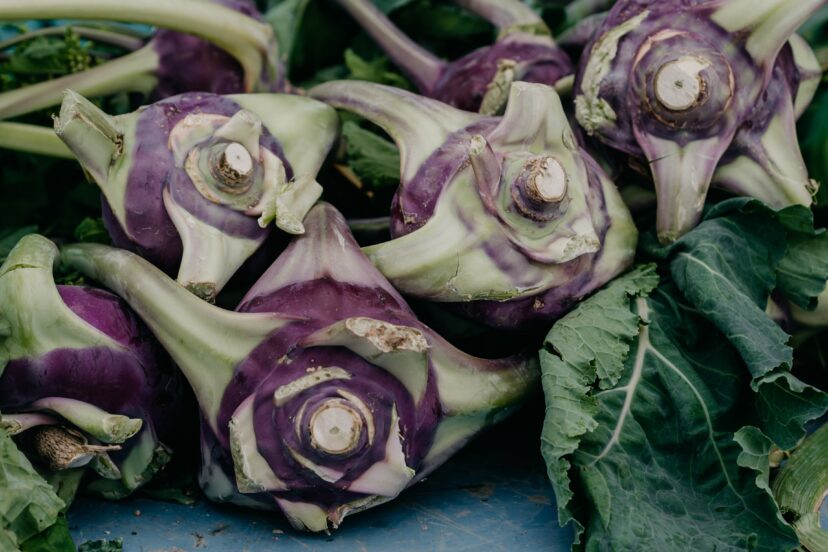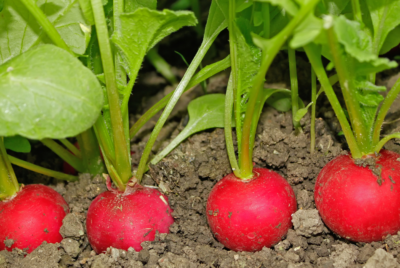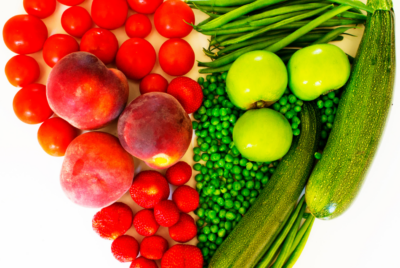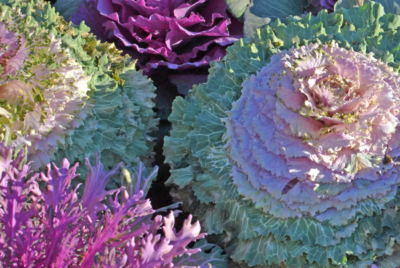Companion Plants for Kohlrabi
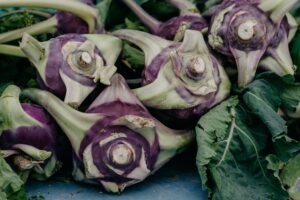
Maximize Your Harvest With Companion Planting Kohlrabi – A Beginner’s Guide
Overwhelmed by the idea of starting your own vegetable garden? Looking to maximize your harvest while keeping things simple? Look no further than companion planting with kohlrabi. This beginner’s guide will walk you through the basics of planting this versatile veggie alongside other plants to optimize your garden’s yield. From deterring pests to enhancing flavor, companion planting with kohlrabi can transform your gardening experience.
Key Takeaways:
- Companion Planting: Kohlrabi thrives when planted with companions such as onions, beets, and aromatic herbs like dill and cilantro.
- Pest Control: Utilize companion planting to naturally repel pests that may harm your kohlrabi, such as planting mint to deter cabbage moths.
- Space Efficiency: Interplanting kohlrabi with companion plants can help maximize space in your garden and increase overall yield.
- Soil Health: Certain companion plants can improve soil health for kohlrabi by fixing nitrogen, attracting beneficial insects, or repelling harmful ones.
- Complementary Flavors: Growing compatible plants near kohlrabi can enhance the flavor of the vegetables when harvested together for a tasty harvest.
Preparing Your Garden for Kohlrabi
Choosing the Right Location
Any garden, big or small, can be the perfect spot to grow kohlrabi. When choosing the right location, make sure it receives at least six hours of sunlight daily. Kohlrabi thrives in well-draining soil, so avoid areas prone to waterlogging.
Soil Preparation and Care
Garden preparation is key to a successful kohlrabi harvest. The soil should be rich in organic matter, like compost or aged manure, to provide the necessary nutrients for growth. Additionally, ensure the soil pH is around 6.0 to 7.5 for optimal kohlrabi development.

Best Companion Plants for Kohlrabi
Enhancing Growth with Leafy Greens
Some plants can help enhance the growth and flavor of your kohlrabi when planted together. Leafy greens like lettuce, spinach, and kale are excellent companions for kohlrabi.
They not only provide shade for the kohlrabi, helping to keep the soil cool and moist, but also attract beneficial insects that can keep pests at bay. Plus, their shallow roots won’t compete with the kohlrabi for nutrients. Planting them together can result in a more bountiful harvest for both crops.
The Benefit of Alliums and Root Vegetables
Companion planting alliums like onions and garlic, as well as root vegetables like carrots and beets, can benefit your kohlrabi garden in multiple ways. These plants can act as natural pest repellents, deterring harmful insects that might damage your kohlrabi crop. Additionally, the alliums can help improve the flavor of the kohlrabi, while the root vegetables help break up the soil, making it easier for the kohlrabi to grow and access nutrients.
This harmonious planting combination not only maximizes your harvest but also creates a balanced ecosystem in your garden that promotes healthy growth and protection against pests.
Avoiding Unfriendly Plants
Understanding Allelopathy
To maximize your kohlrabi harvest, it’s vital to understand allelopathy. This phenomenon occurs when plants release biochemicals that can inhibit the growth of other plants nearby. Unfriendly plants can produce chemicals that stunt the growth of your kohlrabi or hinder its development. By being aware of this, you can strategically choose companion plants that will support rather than hinder your kohlrabi’s growth.
Common Plants to Keep Away from Kohlrabi
On your journey to successful kohlrabi cultivation, it’s important to be cautious about the unfriendly plants that can harm your crop. Some common plants to keep away from kohlrabi include broccoli, Brussels sprouts, cauliflower, and kale. These plants belong to the same family (Brassicaceae) as kohlrabi and can compete for nutrients, attracting similar pests and diseases that can thwart your kohlrabi’s growth.
Away from these unfriendly plants, your kohlrabi will have the best chance to thrive and produce a bountiful harvest. By avoiding planting them in close proximity, you can ensure that your kohlrabi gets the nutrients and space it needs to reach its full potential.
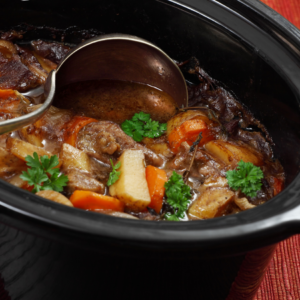
Caring for Your Kohlrabi and Its Companions
Watering and Nutrient Management
Now, one necessary aspect of caring for your kohlrabi and its companion plants is proper watering and nutrient management. Kohlrabi plants require consistent watering, especially during hot summer days. Make sure the soil is moist but not waterlogged. Additionally, enrich the soil with organic matter like compost to provide necessary nutrients for healthy plant growth.
Pest Control and Disease Prevention
Now, any successful garden requires proper pest control and disease prevention measures. One effective way to prevent pests and diseases is through companion planting. For example, planting aromatic herbs like basil or dill near your kohlrabi can help repel harmful insects. However, if you notice any signs of pests or diseases, prompt action is crucial. Look out for common issues like aphids, cabbage worms, or powdery mildew, and address them immediately to protect your plants.
Control the spread of diseases by removing any infected plants or leaves promptly. Additionally, practicing crop rotation and maintaining good garden hygiene can help minimize the risk of recurring pest and disease problems. By staying vigilant and taking proactive measures, you can ensure a bountiful harvest of healthy kohlrabi and its companion plants.
To wrap up on Companion Plants for Kohlrabi
To maximize your harvest with companion planting kohlrabi, follow this beginner’s guide for a successful growing experience. By planting kohlrabi alongside compatible vegetables and herbs, you can protect your crops, attract beneficial insects, and improve overall yields. Happy gardening!
FAQ’s about Companion Plants for Kohlrabi
Q: What is companion planting?
A: Companion planting is the practice of planting different crops near each other to maximize growth, deter pests, and improve overall harvests.
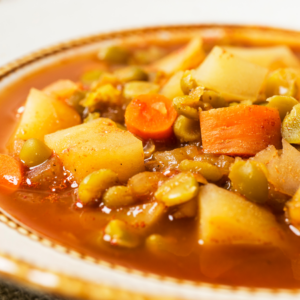
Q: Why should I consider companion planting kohlrabi?
A: Companion planting kohlrabi with other plants can help improve its flavor, deter pests, and promote healthier growth, leading to a more abundant harvest.
Q: What are some good companion plants for kohlrabi?
A: Good companion plants for kohlrabi include beets, lettuce, onions, and spinach, as they can help enhance its growth and flavor while deterring pests.
Q: Are there any plants that should not be planted near kohlrabi?
A: Yes, plants from the cabbage family, such as broccoli, cauliflower, and Brussels sprouts, should be avoided as companions for kohlrabi, as they can attract similar pests and diseases.
Q: How can I start companion planting kohlrabi in my garden?
A: To start companion planting kohlrabi, research compatible plant pairings, plan your garden layout accordingly, and pay attention to each plant’s specific needs for optimal results.
Companion Planting Brussell Sprouts
Companion Plants For Coral Bells
Tips For Growing Tangerine Trees
How to grow Citrus trees in Containers

